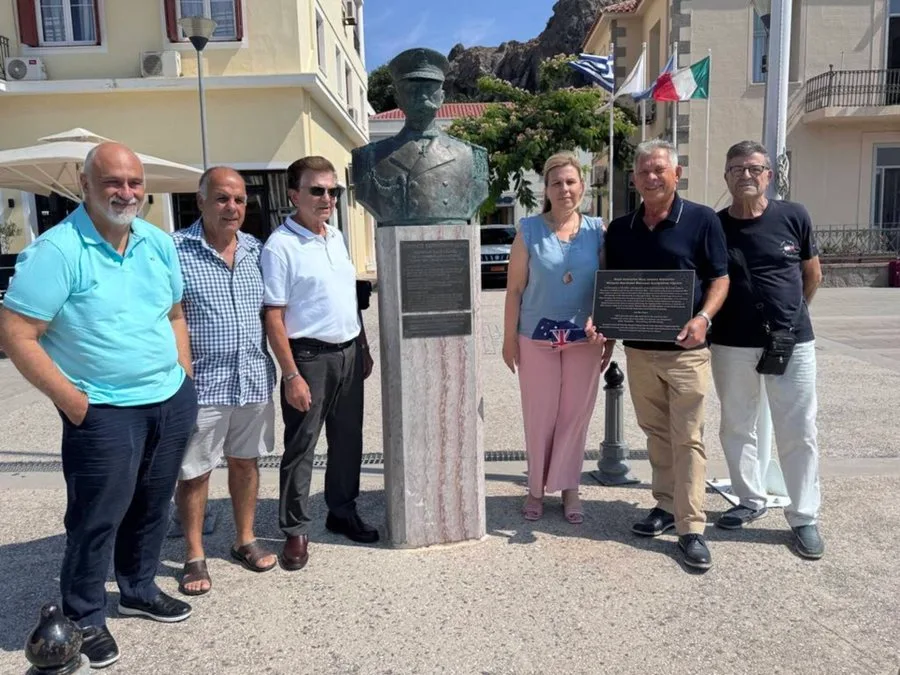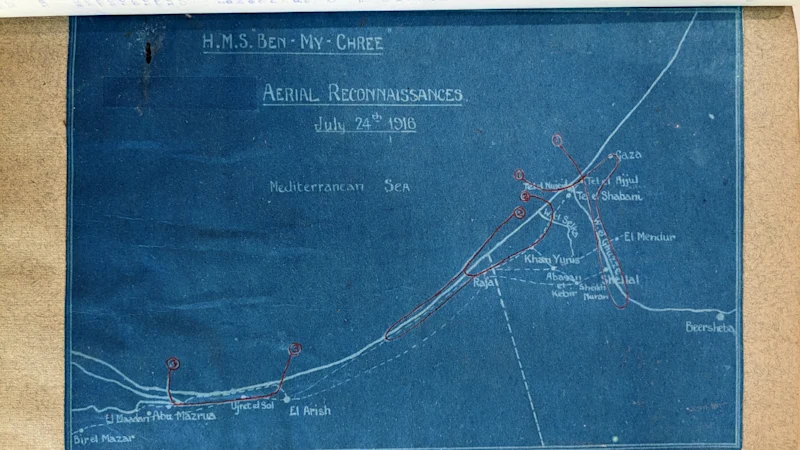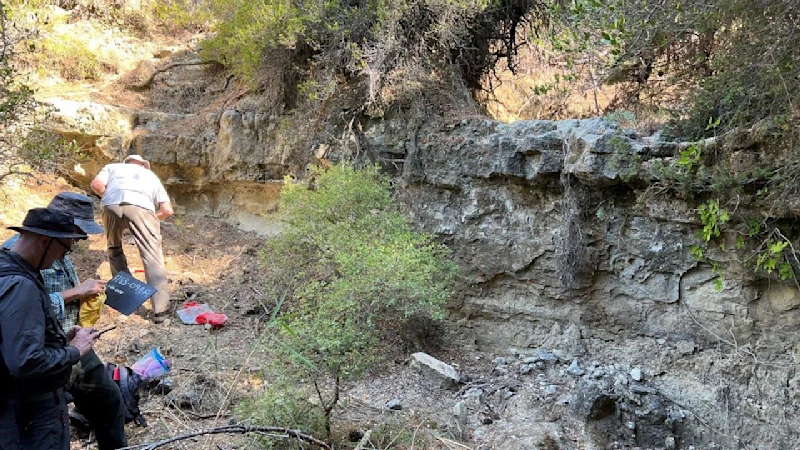A new plaque commemorating the vital role of the Royal Australian Navy (RAN) on the Greek island of Lemnos during the First World War is to be installed. This initiative by Melbourne’s Lemnos Gallipoli Commemorative Committee will rightly honour the contribution of Australian sailors and engineers.

Lemnos served as the crucial forward base for the 1915 Gallipoli campaign. Later, Mudros Harbour was the historic location for the signing of the Armistice of Mudros in October 1918, which ended the war with the Ottoman Empire and was witnessed by the RAN.
A distinctive stone cairn on the island has been suggested as a potential location for the plaque. While it has been proposed that this pyramid-like structure was built by Australian engineers in 1915, its origin is a matter of debate. Some attribute it to White Russian refugees who were on the island after 1920. However, our detailed analysis suggests a different origin.
We present photographic evidence arguing against the cairn’s existence during the 1915 Gallipoli campaign. Our best guess is that the structure was in fact a ‘conspicuous’ navigational beacon built sometime between 1917 and 1918 by Royal Marines engineers, possibly to guide the vast Allied fleet that assembled for the Armistice.
We invite you to read the article and weigh in on this historical puzzle.



